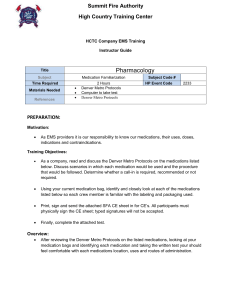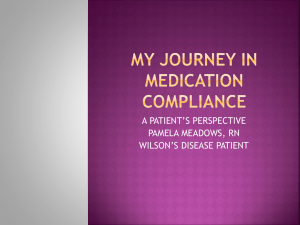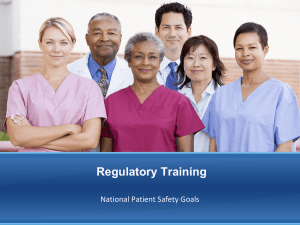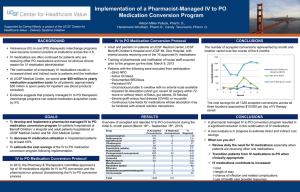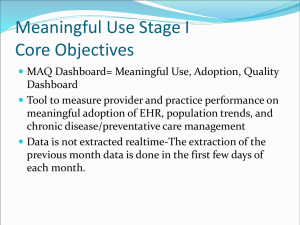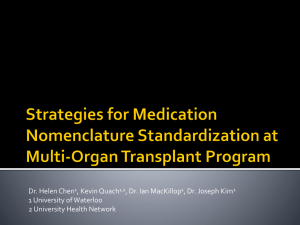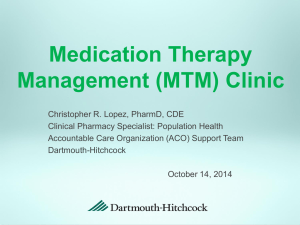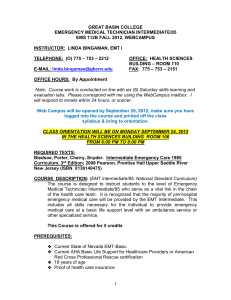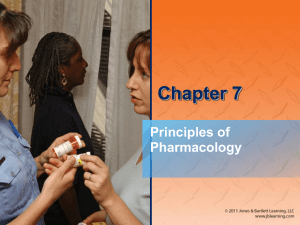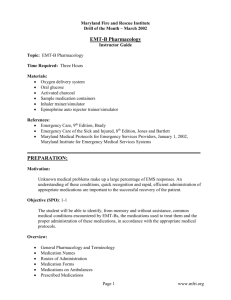AEMT Transition - Unit 12
advertisement
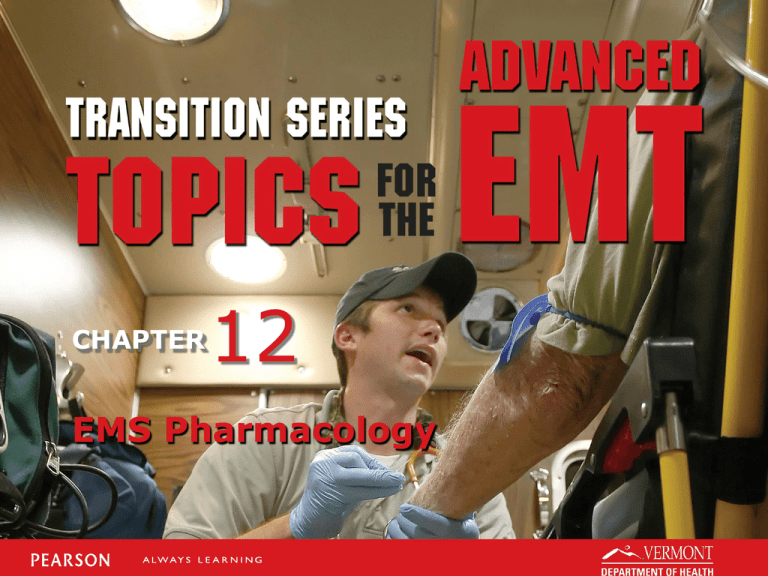
TRANSITION SERIES Topics for the Advanced EMT CHAPTER 12 EMS Pharmacology Objectives • Look at the frequency with which certain medical emergencies occur that often require drug therapy. • Discuss the ways drugs can affect cellular metabolism. • Review select pharmacological agents and the medical emergencies that warrant them. Introduction • The scope of practice for Advanced EMTs regarding drug therapy continues to expand. • Understanding how a drug works is integral to using it correctly. • It is the responsibility of the Advanced EMT to also understand the medical problems that warrant prehospital drug therapy. Introduction (cont’d) • The National EMS Education Standards and the Scope of Practice provide a framework in which the Advanced EMT can function. • There will be a variation from state to state on which medications can be administered by the Advanced EMT. Preventing Medication Errors • Key points to reducing medication errors – Be familiar with all the medications you carry – Ensure you have the right medication – Repeat orders received from medical control Preventing Medication Errors (cont’d) • Key points to reducing medication errors – Verify amount and concentration – Work as a team to monitor the patient – Do not practice while fatigued – Immediately report errors that do occur Epidemiology • Use of oxygen is constant. • Hypoglycemia occurs in 1:1,000 people. • 7-8 million people a year seek medical attention for chest pain. • 41 million people have severe allergies. • Over 35,000 overdose deaths occur per year. • 600 million MDIs are sold per year. Pathophysiology • Signs and symptoms seen in patients are directly due to cellular dysfunction. • Drugs act to alter cellular activity in the hopes of returning them to a more normal state, and preventing death. – Agonist medications – Antagonist medications Some Medications Commonly Used by AEMTs Some Medications Commonly Used by AEMTs (continued) Some Medications Commonly Used by AEMTs (continued) Oxygen gas is considered a medication. It is the most commonly used medication in EMS and is carried on the EMS unit. Oral glucose is a viscous gel used in acute diabetic emergencies. It is carried on the EMS unit. Aspirin, in pill form, may be administered for chest pain when a heart attack is suspected. Nitroglycerin tablets are one common form of nitroglycerin. Nitroglycerin spray is another form. An epinephrine auto-injector, such as the EpiPen, may be prescribed for patients with a history of severe allergic or anaphylactic reactions. Activated charcoal is administered in suspension form and is carried on some EMS units. It may be used in poisoning and overdose emergencies. A metered-dose inhaler or a metered-dose inhaler with a spacer may be prescribed for respiratory conditions. Nebulized medications may be administered by a small-volume nebulizer, through either a mouthpiece or a face mask. (© Carl Leet, YSU) Assessment Findings • When the cellular activity changes due to illness or disease, signs and symptoms present. • The Advanced EMT must interpret the findings back to the body system causing the disturbance. • Drug therapy can then be guided by the failing body system. Drugs to Be Used in Medical Emergencies Drugs to Be Used in Medical Emergencies (continued) Drugs to Be Used in Medical Emergencies (continued) Emergency Medical Care • General Treatment Guidelines – Ensure open airway – Provide oxygen – Position patient as appropriate – Administer medication based on indications – Arrange for Paramedic backup or intercept – Provide transport to the Emergency Department The “Rights” of Drug Administration • • • • • Right Right Right Right Right patient – prescribed to patient medication – patient condition route – patient condition dose – prescribed to patient time – within expiration date Case Study • You are doing a standby at the local high school for a track meet. A young woman rushes to your ambulance and says “My boyfriend passed out in the bathroom…. I think he forgot to take his medication!” Case Study (cont’d) • Scene Size-Up – There is only one patient. – BSI precautions are taken. – Male patient, early 20s, 160 lbs. – He is lying on the floor, not in a stall. – NOI is unresponsive, but you cannot rule out trauma yet. Case Study (cont’d) • What are at least five differentials that could be causing the loss of consciousness? • What are three important questions you would want to ask his girlfriend? Case Study (cont’d) • Primary Assessment Findings – Patient has nonpurposeful motion to pain. – Airway patent, slight sonorous sounds. – Normal rate and depth of breathing. – Respiratory rate is 18/min. – Peripheral pulse is present, skin cool and clammy, no signs of trauma. Case Study (cont’d) • Is this patient a high or low priority? Why? • What care should be provided immediately? Case Study (cont’d) • Medical History – Girlfriend is not sure of name, but said he's had it since he was a kid. • Medications – She states he takes one, once or twice daily. • Allergies – Girlfriend does not know. Case Study (cont’d) • Pertinent Secondary Assessment Findings – Pupils reactive to light, airway now patent with manual airway technique applied. – Breath sounds present bilaterally. – Peripheral perfusion is intact. Case Study (cont’d) • Pertinent Secondary Assessment Findings – Diffuse ecchymotic areas to the abdomen. – Physical exam reveals no sign of other trauma. – Skin is cool and diaphoretic. – B/P 100/78, Pulse 108, Respirations 18. Case Study (cont’d) • Which medical diagnostic test would you like to obtain at this time? – AED analysis – Pulse oximetry – Blood sugar level – End tidal capnography • Defend your above answer. Case Study (cont’d) • Care provided: – Spinal precautions taken – Oxygen maintained via NRB mask – Pulse ox 99%, BGL 24 mg/dL. – Initiate intravenous access and administer dextrose. – Patient packaged and transported by ambulance. Case Study (cont’d) • Explain how the following interventions may help improve the patient's condition. – Oxygen administration? – Dextrose administration? – What is the dose of dextrose? Summary • Pharmacology administration is a common skill the Advanced EMT must provide. • Understanding how a drug works on the body will make it easier to determine when it would be necessary. • With any drug therapy, ensure you have proper medical direction prior to administration.
